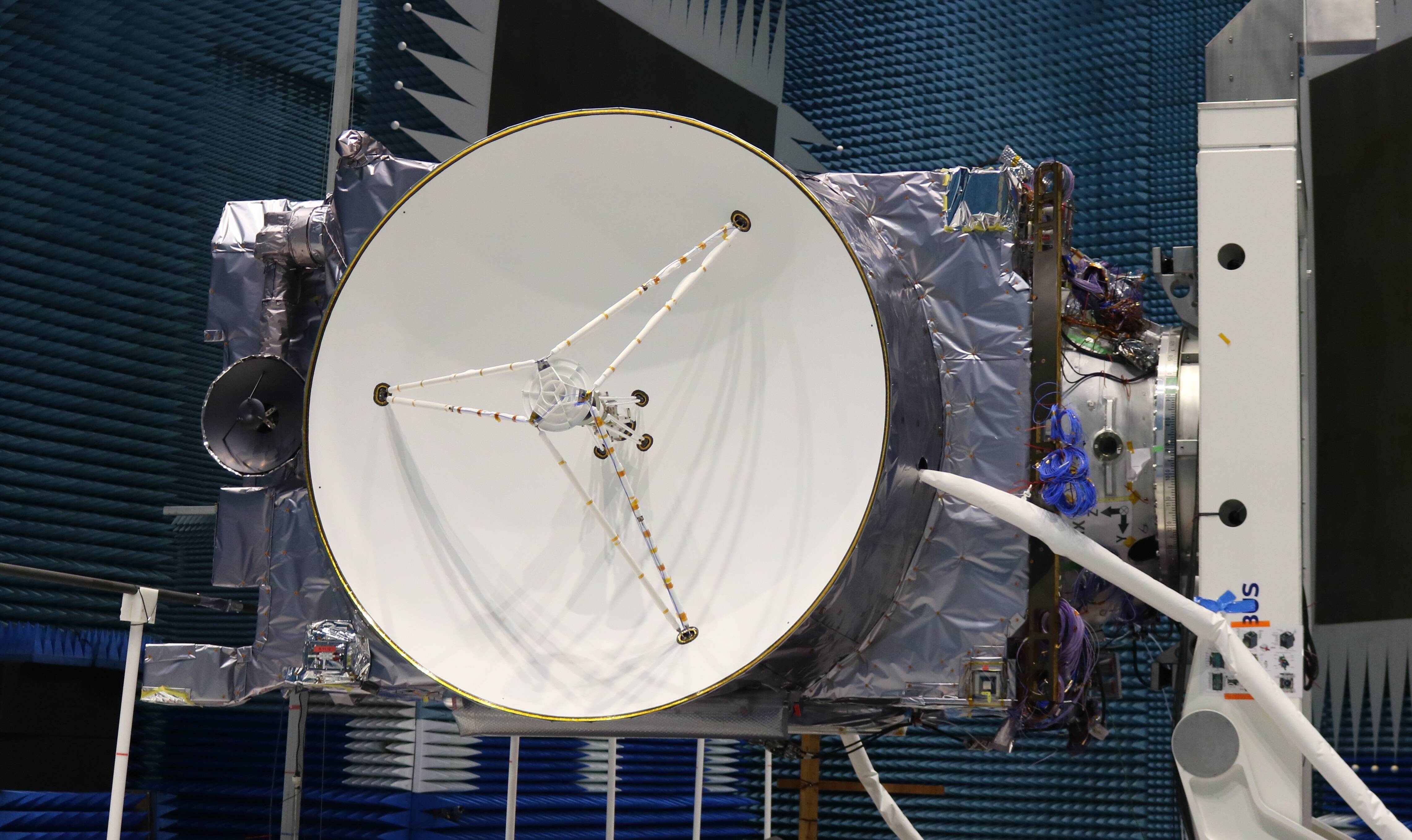
"The probe, which was launched in April 2023, began giving controllers the silent treatment when ESA's deep space antenna in Cebreros, Spain, failed to contact the spacecraft at the expected time of 0450 CEST on July 16. The ground station appeared to be functioning properly, and when ESA's New Norcia station also failed to make contact, controllers realized the problem was on Juice itself."
"If there had been a major failure, Juice might have gone into survival mode and entered a slow spin, sweeping its antenna across the Earth once per hour. However, there wasn't a peep out of the spacecraft. "Losing contact with a spacecraft is one of the most serious scenarios we can face," said Angela Dietz, Juice Spacecraft Operations Manager. "With no telemetry, it is much more difficult to diagnose and resolve the root cause of an issue.""
ESA restored communications with the Juice spacecraft, which is en route to a Venus gravity-assist flyby on August 31. Juice launched in April 2023 and stopped responding when ESA’s Cebreros deep space antenna failed to make contact at 0450 CEST on July 16. New Norcia also failed to reach the probe, indicating the issue was on-board. Engineers considered scenarios such as antenna misalignment, transmitter or amplifier failure, or the spacecraft entering survival spin mode. With the Venus flyby imminent, teams sent blind commands over many delayed round-trips. After six failed antenna-pointing attempts, a command to activate the signal amplifier restored contact. The spacecraft was healthy; the cause remained under investigation.
Read at Theregister
Unable to calculate read time
Collection
[
|
...
]